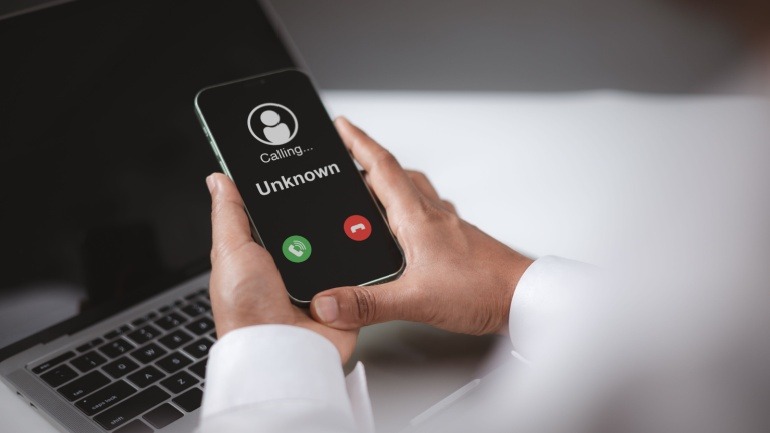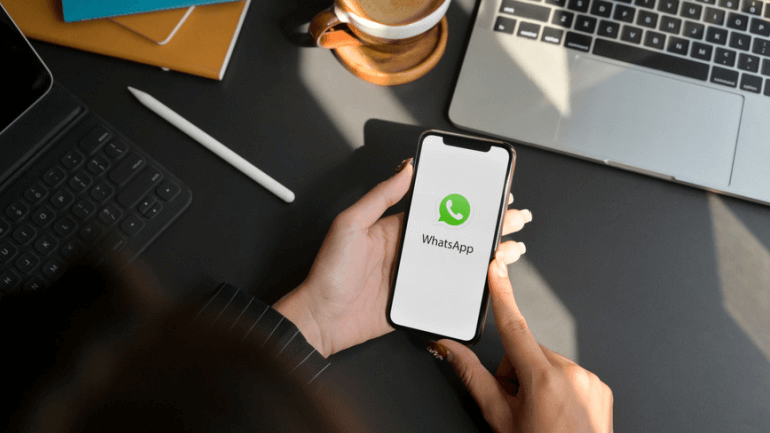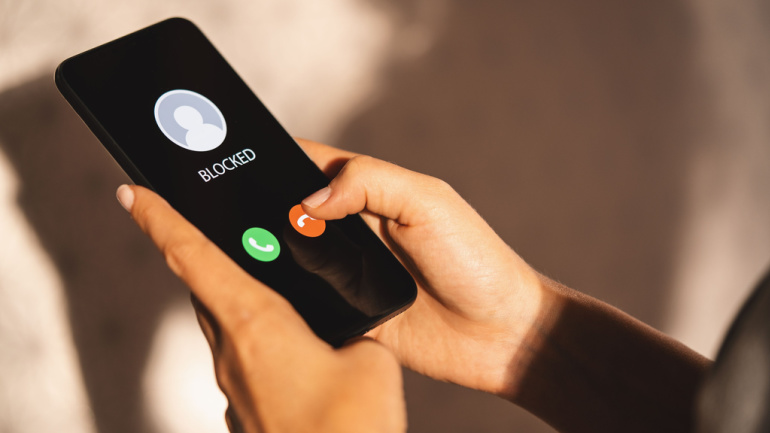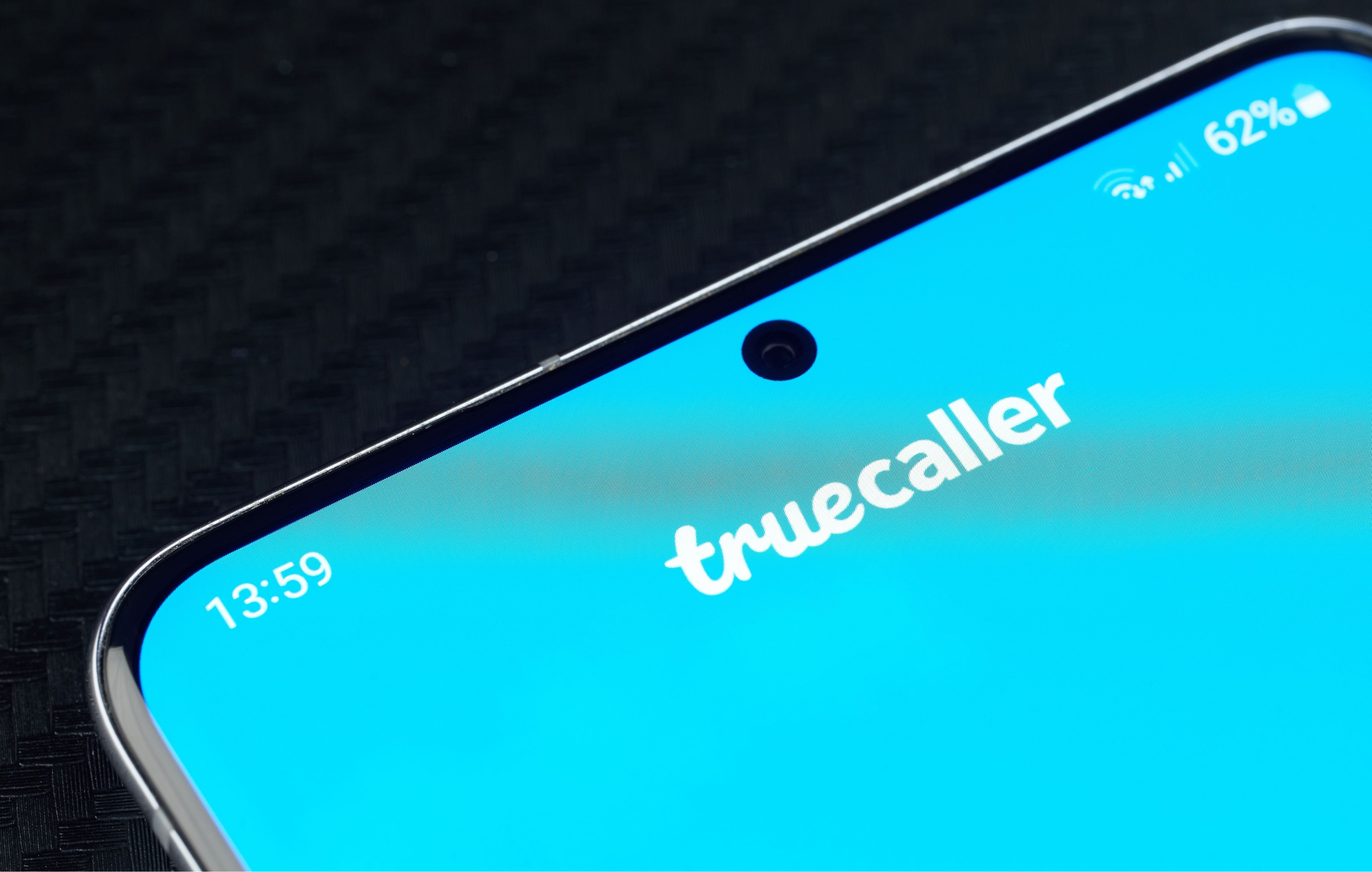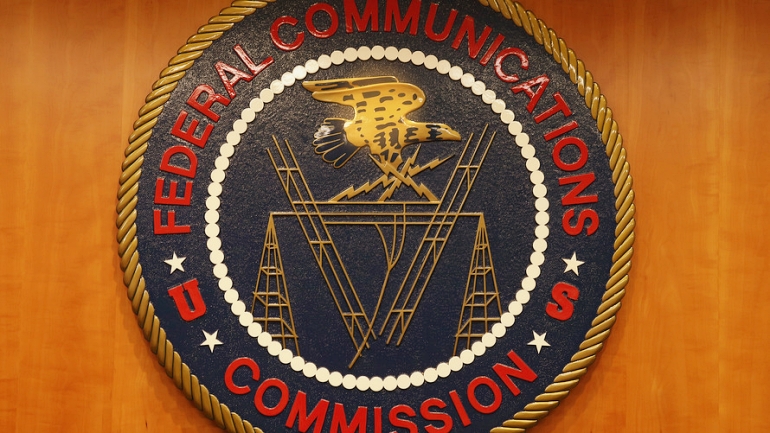In today’s telecom landscape, the trust in voice channel connectivity is dwindling, largely due to unidentified spam calls. Roughly 80% of such calls go unanswered, impacting genuine business interactions. That’s where Hiya comes in. With services like Hiya Protect and Hiya Connect, they redefine call identification, leveraging AI and strategic partnerships with giants like AT&T, Samsung, and Vodafone. Their innovative solutions enhance call transparency and protect brands, thereby revitalizing consumer trust and improving answer rates. Embrace the future of VoIP with Hiya’s tailored, cutting-edge solutions, and restore confidence in your communications.
CNAM, or Caller Name Delivery, goes beyond Caller ID by revealing the caller’s name associated with their phone number. It enhances call identification, trustworthiness, and streamlines communication. Users can quickly recognize callers and identify potential spam calls, making it invaluable in various communication platforms. Check with your service provider to embrace CNAM’s power.
WhatsApp is scheduled to launch a new function called Silence Unknown Callers, which will allow users to filter out spam calls. The function, which can be turned on or off in the settings menu, automatically mutes phone calls from numbers not in the user’s contact list. Despite the fact that the call will be quiet, the Caller ID will remain visible in both the calls list and the notifications center. This will enable users to determine who was attempting to contact them. This new addition is intended to fix a problem with WhatsApp’s Communities feature. This feature allows any group member to simply access the phone numbers of other users and begin spamming them. Although banning and reporting calls from unknown numbers can aid in preventing this, Silence Unknown Callers tries to stop the initial wave of spam by excluding calls from these numbers. The most recent…
The UK telecommunications regulator, Ofcom, has announced new regulations that will force phone companies to take action against fake phone number usage by detecting and, where possible, banning spoofed calls. This action tries to address an issue that has led to 40.8 million people becoming the subject of fraudulent calls and messages throughout the summer of 2022. Technical steps to combat nuisance calls have already been put in place by the vast majority of the large ISPs, phone companies and mobile network operators, although these measures are not always successful. Furthermore, there are still many operators that could do more, notably smaller providers and some VoIP carriers. According to the telecom watchdog, preventing such calls without substantial international cooperation and coordination is technically complex and frequently risks intercepting legitimate communications as well. According to Ofcom, around 700,000 UK residents have fallen victim to spoofed phone calls in…
Global communications platform provider Truecaller has released a completely updated version of its iPhone app for users all around the world. This iOS software has been entirely reworked from scratch to be faster and more effective, and deliver substantially improved number identification, spam, scam and business call detection than earlier versions of the program. This latest advancement is the result of an entirely new architecture that combines Truecaller’s cutting-edge spam detection algorithms with Apple’s existing technologies to provide the best caller ID solution. The updated program connects with Apple’s default phone app to display Truecaller results directly in the call log. Truecaller has created the most up-to-date, precise and comprehensive first ring caller ID and spam detection for any region, and the company ensures this leading position by continuously upgrading its spam database. The app also contains a significant redesign and a new user experience flow, which greatly…
T-Mobile has announced their collaboration with CTIA, the wireless industry association, to create best practices for new and improved Caller ID features for corporations. Businesses and organizations will be able to provide confirmed calls with an immediately identifiable Caller ID display, including the organization’s logo or name, on compatible handsets using this new Branded Caller ID (BCI) service. BCI, according to the company, builds on the STIR/SHAKEN framework’s verification by affirmatively identifying businesses or organizations that are calling, such as doctor’s offices and banks, so that these parties can reach their customers, who are currently reluctant to answer unknown numbers and may miss important and wanted calls. In the summer of 2021, T-Mobile USA showcased this technology. According to T-Mobile research, in 2021, 78% of consumers missed an essential call because they did not identify the caller. Trusted calling is more vital than ever for customers and organizations…
With Christmas fast approaching, we would like to present 12 articles to read during the 12 days of Christmas. We hope that this collection of articles will take you on a joyous voyage of telecom business, VoIP, and personal development education. It has been over a year since organizations rushed from the traditional office to a virtual workplace due to the coronavirus. The transition from office to home leads to other changes: many of us now communicate much more often in the virtual world, rather than face-to-face, which means that nonverbal communications are now more important than ever. Full article: https://voip.review/2021/02/08/importance-nonverbal-communication-virtual-environment/ Most phones today allow users to see the calling party’s phone number before they answer. This feature, called Caller ID or Calling Line Identity (CLI), is a way to let people know who is calling and decide whether they want to answer the call or not. However, callers…
Most phones today allow users to see the calling party’s phone number before they answer. This feature is called Caller ID or Calling Line Identity (CLI). It lets people know who is calling and decide whether they want to answer the call or not. However, callers and criminals can purposely change the Caller ID so that the incoming call appears to originate from a trusted entity. This disingenuous practice is better known as spoofing. Unfortunately, there are more and more cases where callers and criminals purposefully change the caller ID in order to commit fraud. What is Caller ID spoofing? Spoofing occurs when a caller knowingly falsifies the information transmitted onto your phone screen, known as caller ID, to hide their true identity. Scammers often use the so-called ‘neighbors’ spoofing technique. When this technique is used, the incoming call appears to come from a local phone number. It could be…
Robocalls are not only annoying, they are potentially dangerous and are progressively becoming an even bigger problem. Sadly, it does not look like the situation will improve in 2021, as there were 22.8 billion total robocalls recorded at the midway point of 2020. Robocalls are phone calls made by an automatic dialer that transmits pre-recorded messages. While this may not seem like an issue, it can be. Some robotic calls may be from legitimate sources, but they may also be scams designed to deceive or bully people to provide personal information.
The Federal Communications Commission (FCC) has announced the adoption of new rules banning malicious caller ID spoofing of text messages and foreign robocalls. The new regulations will allow the US federal government to carry out enforcement action against foreign businesses involved in deliberate spoofing, thus closing “a loophole in the law that prevented the agency from pursuing scammers sending spoofed text messages and international fraudsters making spoofed calls to Americans.” According to the announcement, this resolution is the further implementation of amendments to the Truth in Caller ID Act of 2009 that “prohibits anyone from causing a caller ID service to knowingly transmit misleading or inaccurate caller ID information (“spoofing”) with the intent to defraud, cause harm, or wrongly obtain anything of value.” These rules have been put in place to counteract scammers operating in overseas call centers who often pretend to be calling from reliable companies. They use…



